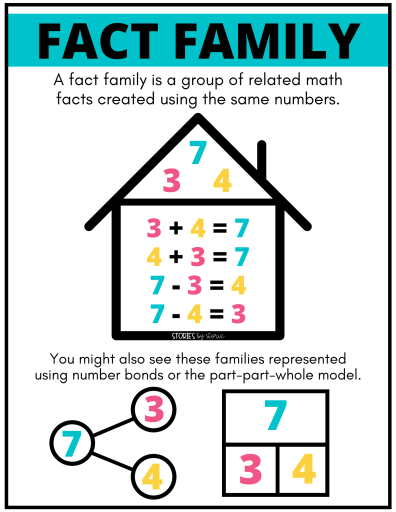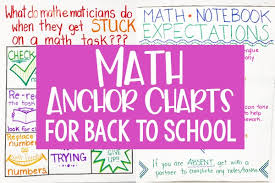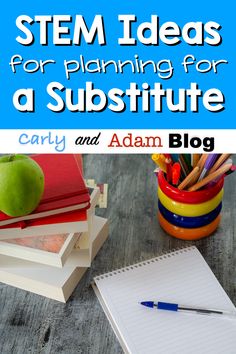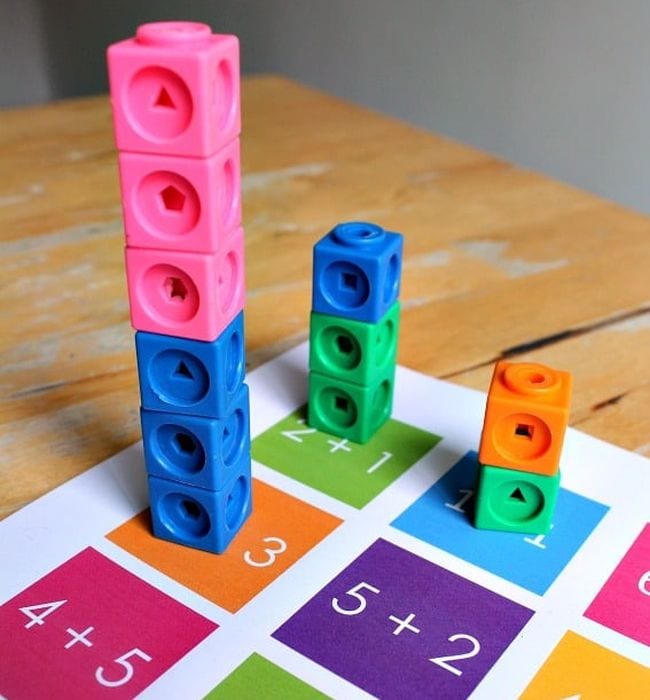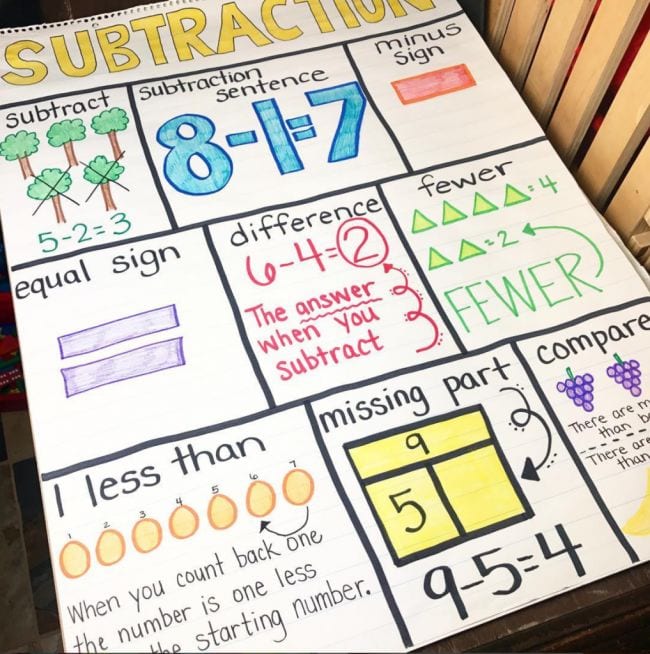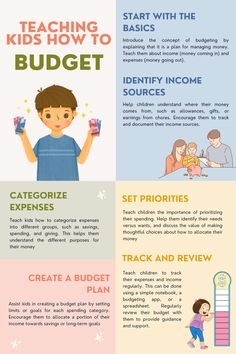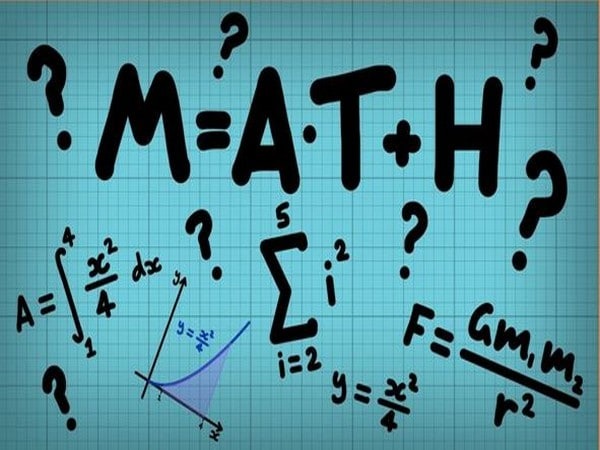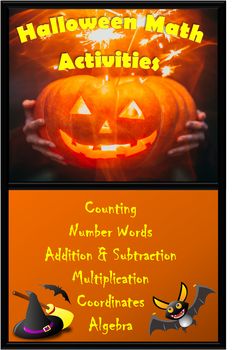Math can be a daunting subject for young learners. However, with the concept of fact families in arithmetic, math can become an enjoyable and engaging activity that helps students understand the relationship between addition and subtraction, or multiplication and division. Let’s take a fun dive into the world of fact families!
What are Fact Families?
A fact family is a group of related math facts that use the same set of numbers. In addition and subtraction fact families, there are three numbers involved, which relate to each other through four math facts — two addition facts and their corresponding subtraction facts. For multiplication and division fact families, these numbers are related through two multiplication facts and two division facts.
Understanding Fact Families
Consider the numbers 7, 5, and 12. They form a fact family because:
– If you add 7 and 5, you get 12 (7 + 5 = 12).
– If you add 5 and 7, you still get 12 (5 + 7 = 12). This demonstrates the commutative property of addition.
– If you start with 12 and take away 7, you’re left with 5 (12 – 7 = 5).
– If you start with 12 and take away 5, you’re left with 7 (12 – 5 = 7).
As for multiplication and division, let’s look at the numbers 6, 4, and 24:
– Multiplying 6 by 4 gives us our product, which is 24 (6 x 4 = 24).
– Multiplying these numbers in any order will give us the same product (4 x 6 =24).
– Dividing our product by one factor gives us the other factor (24 ÷ 6 =4).
– Similarly, dividing our product by the other factor gives us our remaining factor (24 ÷4 =6).
Why are Fact Families Important?
Fact families are crucial in building a student’s number sense because they demonstrate how numbers are interconnected. Grasping this concept helps children develop strategies for problem-solving that go beyond mere memorization of math facts.
Here’s how they make math fun:
– Through playing games that incorporate creating different fact families.
– By using manipulatives like blocks or beads to visualize and create real-world connections to mathematical concepts.
– Students can create posters or “family trees” for their fact families.
In conclusion, fact family fun is not only an educational concept but also a delightful way to promote confidence in mathematics. By integrating this approach within learning activities, kids can discover a newfound love for numbers that can last for many years. Let’s make learning math an adventure filled with discovery!
